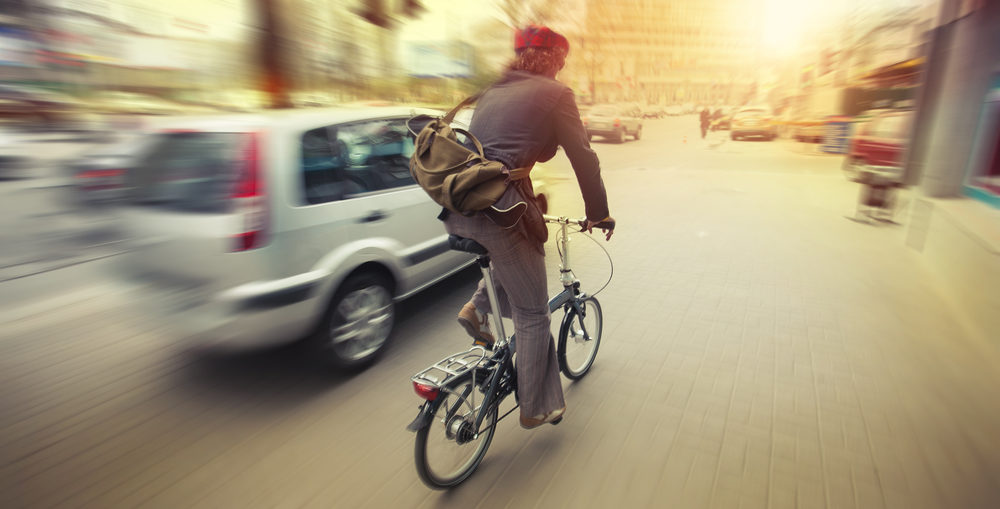
When climbing onto your bike for a ride, whether for fun, transport to work, or exercise, you should always follow the biking rules of the road and wear the proper safety equipment. Unfortunately, even if you’re a knowledgeable and safe cyclist, you’re still at risk of being involved in an accident, especially when cycling around motorized vehicles.
In 2020, there were 938 cyclists killed in traffic crashes, which is a 9% increase from just one year prior, and an estimated 38,886 were injured. As more Americans take up cycling, that number is expected to grow. As an avid cyclist, even just one fatality is one too many.
Cyclists, pedestrians, and motorists have mutual rights and responsibilities when it comes to their behavior on a roadway. By following specific rules for sharing the roads in Virginia, cyclists can reduce the likelihood of being involved in a bike accident.
Virginia Biking Rules
The Code of Virginia §46.2-800 outlines how cyclists are treated. “Every person riding a bicycle on a highway shall be subject to the provisions of the Code of Virginia section on motor vehicles and shall have the rights and duties applicable to the driver of a vehicle unless a provision clearly indicates otherwise.”
As a cyclist in Virginia, you are treated as a motor vehicle and have certain rights and duties. That means your behavior behind the wheel of a motor vehicle should be nearly identical to that of riding a bicycle. There are only a few minor differences.
You need to ride with traffic when riding your bike on the road. As you would in a car, when entering the street, ensure you stop and look in all directions. You must come to a complete stop at intersections while biking on the street. If you are turning, be sure to use hand signals and look in all directions.
One of our responsibilities while riding a bike on the street is to be aware of our surroundings. This includes riding defensively and anticipating what other road users may do. Paying attention to the road and your surroundings can help you avoid hazards. As a cyclist, it’s also vital to understand that you may not always be seen by motor vehicles, especially if you might be in the vehicle’s blind spot. Be cautious when passing a motor vehicle as a turning vehicle may not see you.
If you find yourself in a traffic situation beyond your cycling skill, hop off your bicycle and walk it to a place away from the situation before resuming your ride.
There may be times when riding on a path or a sidewalk is necessary. If bicyclists use a sidewalk, shared path, and crosswalks, they have the same duties and rights as pedestrians using the same space. Bicyclists and other users of shared-use paths crossing highways at clearly marked crosswalks must come to a complete stop at stop signs before entering such crosswalks. Also, on shared use paths crossing roads in marked crosswalks without stop signs or other traffic control signals, bicyclists and pedestrians are not required to come to a full stop but must not enter the road in disregard of approaching traffic.
Whether you’re permitted by law to ride on the sidewalk is up to your local jurisdiction. Be sure to consult the local rules for your area. If riding on a sidewalk, remember that pedestrians have the right of way. And when passing pedestrians, some experts recommend announcing yourself and your intention. For example, if you decide to pass on the left side of a person walking, call out “passing on your left.” Some cyclists may go as far as utilizing a bell to announce themselves.
Some Virginia municipalities may have separate bike lanes on streets. If this is the case, cyclists should ride in the bike lanes rather than the sidewalks. Motor vehicles are not permitted in these designated lanes unless turning.
Be a Predictable Bike Rider
What does riding your bike predictably mean, and how can it keep you safe? By being predictable and following the rules of the road, other cyclists, pedestrians, and motor vehicles may expect what your behavior will look like. Riding in a predictable manner may reduce the likelihood of being in a bicycle accident.
While sharing the road with other vehicles in Virginia, making yourself visible on a bike is essential. One way for cyclists to do this is to “take the lane.” This means that cyclists should ride near the center of any travel lane of ordinary width (10-12 feet) when traveling close to the speed of other traffic and when approaching intersections, driveways, and alleys. Taking the lane helps improve the visibility of you and other cyclists to the traffic around you.
Another way to be seen by other motorists is to have two cyclists riding next to each other. Recently, a Virginia ordinance that prohibited more than one cyclist from riding abreast was changed. Two cyclists can now ride side-by-side as long as they do not impede traffic. This change was made to help increase the visibility of cyclists.
Bike Safety & Required Biking Equipment
There are safety considerations, biking equipment, and Virginia bike laws to remember when cycling. To stay safe while on your bike, ensure you’re not wearing earbuds or headphones in both ears, so your attention is on your surroundings. Also, keep at least one hand on the handlebars, and ensure you’re not carrying items that would prevent you from doing this. Don’t ride with extra passengers on your bike, except if you’re an adult cyclist with a child under the age of six who is securely attached to the bike in a trailer designed for children or a child securely attached to the bike in a seat.
While biking between sunset and sunrise in Virginia, a bike must have at least one functional white headlamp, visible at a distance of at least 500 ft in the front. There must also be a red reflector on the back of the bike, which should be visible for at least 600 feet. If traveling on roads with speed limits of 35 mph or more, the cyclist or the bicycle must have one red taillight visible from 500 feet behind the bike. The red taillight can be blinking or steady and can be attached to the rider or the bike. If riding during daylight hours, it is best to wear bright color clothing. If riding after dark, reflective clothing is advisable.
Specific municipalities in Virginia may require those 14 years old or younger to wear a bike helmet when riding their bicycle or while traveling in a seat or a bicycle trailer. It is best to consult your local jurisdiction to determine whether an ordinance is applicable. However, bike helmets save lives and can reduce traumatic brain injuries, so even if it’s not required by law, wearing a helmet is essential.
Despite the best intentions and efforts, bike accidents still happen. When a cyclist is involved in an accident with a car or truck, the injuries are usually severe and can lead to expensive medical bills and lost income due to missing work. It may be necessary to file a personal injury claim against the motor vehicle driver. Consulting a Virginia bike accident attorney can help you determine the best legal approach. As you focus on your recovery, an attorney can handle things like examining police reports, interviewing witnesses, and dealing with insurance companies.
Curcio Law understands the details of bike law and road safety. As an avid cyclist with extensive experience with bicycle accident claims, I have first-hand knowledge of cycling and understand what it takes to handle the complexities of bike accident cases. For more information, call or text us at 703-836-3366, email info@curciolaw.com, or visit www.curciolaw.com.

Tom Curcio has devoted his career to representing people seriously injured or killed in car, pedestrian, bicycle, and truck crashes, and by dangerous dogs, unsafe products, and premises. He works tirelessly to obtain the compensation his clients are legally entitled to so they may rebuild their lives with dignity. Tom is the co-author of the book Evidence For The Trial Lawyer, and a much sought-after speaker on personal injury, trial practice, evidence, and professionalism. Contact Tom at tcurcio@curciolaw.com.


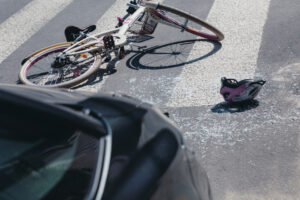
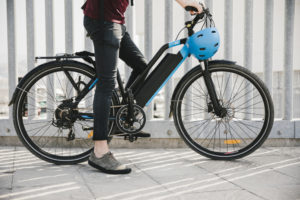
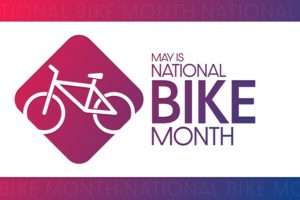
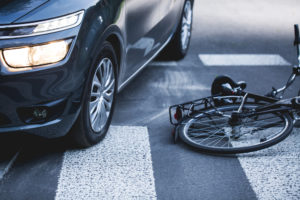
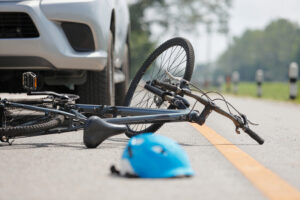
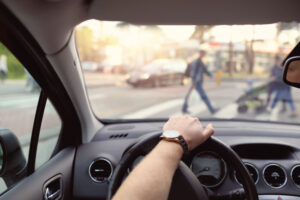
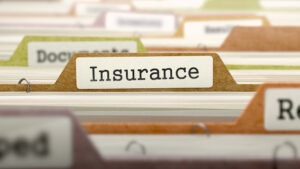





Comments for this article are closed.